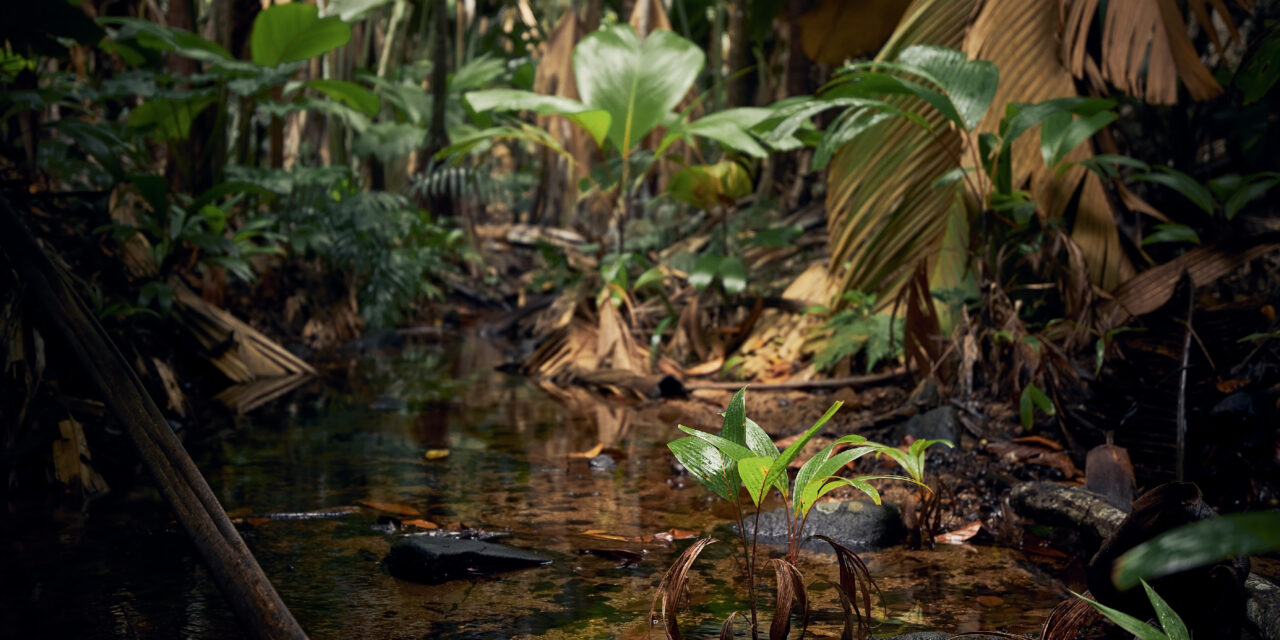The Amazonian rainforest, long hailed as the lungs of the Earth, is now reportedly on life support, thanks to the noble pursuit of net-zero emissions. Environmentalists are scratching their heads as they come to terms with the unintended consequences of their own climate crusade.
“It’s like trying to put out a fire with gasoline,” remarked one bewildered activist, as he watched swathes of once-lush rainforest turn to ash. “Who would have thought that demanding net-zero emissions would lead to this?”
The bizarre chain of events began when policymakers, eager to showcase their commitment to fighting climate change, set ambitious targets for net-zero emissions. But in their fervor to appease the climate gods, they failed to anticipate the collateral damage that would ensue.
“We were so focused on reducing carbon footprints that we forgot about the real footprints trampling through the rainforest,” admitted one sheepish politician, as he surveyed the devastation.
Indeed, it seems that while emissions may be dwindling in some parts of the world, they’re skyrocketing in others, as deforestation runs rampant to make way for renewable energy projects and carbon offset initiatives.
“We’ve traded one environmental crisis for another,” lamented a local tribesperson, as bulldozers flattened ancient trees to make room for solar panels.
Meanwhile, Amazonian wildlife are left homeless and bewildered, forced to adapt to a rapidly changing landscape that offers little sanctuary.
In the wake of this eco-catastrophe, environmentalists are left grappling with a bitter truth: perhaps blindly chasing net-zero targets without considering the wider consequences isn’t the silver bullet they thought it was.
As the Amazonian rainforest teeters on the brink of collapse, one thing is clear: when it comes to saving the planet, good intentions alone won’t cut it. It’s time for a reality check before we trade our rainforests for renewable energy credits.
















